High Temperature Shutdown On Gas Water Heater

A disturbing trend is emerging across the nation: gas water heaters shutting down unexpectedly, leaving homeowners in the cold and raising concerns about potential safety hazards. The culprit? High-temperature shutdowns, triggered by a complex interplay of factors from aging infrastructure to unusually hot weather.
Beyond the immediate inconvenience of cold showers and dishwashing nightmares, these shutdowns point to deeper vulnerabilities in our energy systems and require a multifaceted response. From understanding the mechanics of the problem to proactive maintenance and policy adjustments, addressing the high-temperature shutdown issue is crucial for ensuring the reliability and safety of a vital household appliance.
Understanding the Nut Graf
This article delves into the intricacies of high-temperature shutdowns in gas water heaters, exploring the causes, consequences, and potential solutions. We'll examine the technical aspects of the safety mechanisms involved, the environmental factors contributing to the problem, and the steps homeowners and professionals can take to mitigate the risk.
Furthermore, we will investigate the role of manufacturers, regulatory bodies, and utility companies in addressing this growing concern, ultimately aiming to provide a comprehensive understanding of this emerging issue and empower readers to take informed action.
The Mechanics of High-Temperature Shutdown
Gas water heaters are equipped with safety devices designed to prevent overheating and potential explosions. These devices, often thermocouples or high-limit switches, are engineered to shut off the gas supply if the water temperature exceeds a pre-set threshold, typically around 180 degrees Fahrenheit.
While these safety measures are essential, they can also be overly sensitive, leading to nuisance shutdowns under certain conditions. According to the Gas Appliance Manufacturers Association (GAMA), these shutdowns are becoming more frequent, particularly in older units and regions experiencing extreme heat.
Several factors can contribute to these shutdowns, including a buildup of sediment in the tank, which insulates the water and impedes heat transfer. This causes the burner to work harder and the water to overheat. Mineral deposits on the temperature sensor itself can also lead to inaccurate readings and premature shutdowns.
Environmental Factors and Aging Infrastructure
The increasing frequency of heat waves across the United States is exacerbating the problem of high-temperature shutdowns. Extreme ambient temperatures can raise the temperature of the water entering the heater, making it more likely to reach the shutdown threshold.
Additionally, aging water heaters are more susceptible to sediment buildup and component failure, increasing the risk of shutdowns. The average lifespan of a gas water heater is 8-12 years, and units nearing the end of their lifespan are more prone to problems.
"We're seeing a significant increase in calls related to water heater shutdowns, especially during the summer months," says John Peterson, a master plumber with Reliable Plumbing Services. "A combination of old equipment and scorching weather is definitely contributing to the issue."
Consequences and Potential Risks
The most immediate consequence of a high-temperature shutdown is the loss of hot water. This can disrupt daily routines, making showering, dishwashing, and laundry inconvenient or impossible.
However, the problem extends beyond mere inconvenience. Repeated shutdowns can indicate underlying issues with the water heater that, if left unaddressed, could lead to more serious problems.
In some cases, a faulty high-limit switch may fail to trip when it should, potentially leading to overheating and even a rupture of the tank. Furthermore, repeated attempts to relight the pilot light after a shutdown can create a risk of gas leaks if not done properly.
Mitigation Strategies for Homeowners
Homeowners can take several steps to prevent high-temperature shutdowns. One of the most effective measures is to regularly flush the water heater tank to remove sediment buildup. The Department of Energy recommends flushing the tank at least once a year.
Adjusting the water heater's thermostat to a lower setting can also help reduce the risk of overheating. A setting of 120 degrees Fahrenheit is generally sufficient for most households and can also save energy.
Regular professional maintenance is also crucial. A qualified plumber can inspect the water heater for signs of wear and tear, clean the burner assembly, and test the safety devices to ensure they are functioning properly. Consider investing in a tankless water heater if replacement is needed.
The Role of Manufacturers and Regulators
Manufacturers have a responsibility to design water heaters that are less susceptible to high-temperature shutdowns. This could involve using more robust components, improving insulation, and incorporating more sophisticated temperature control systems.
Regulatory bodies, such as the Consumer Product Safety Commission (CPSC), can play a role in setting safety standards and ensuring that water heaters meet certain performance requirements. The CPSC could also investigate reports of widespread shutdowns and issue recalls if necessary.
Furthermore, utility companies can provide valuable information and resources to homeowners about water heater maintenance and energy efficiency. Some utilities offer rebates or incentives for upgrading to more energy-efficient models.
Looking Ahead: A Call for Proactive Measures
The increasing frequency of high-temperature shutdowns in gas water heaters underscores the need for a proactive approach to maintenance, design, and regulation. As climate change continues to drive up temperatures, the problem is likely to become even more widespread.
By taking steps to prevent shutdowns, homeowners can avoid the inconvenience of cold water, reduce the risk of potential safety hazards, and extend the lifespan of their water heaters. Manufacturers, regulators, and utility companies must also work together to ensure that these appliances are safe, reliable, and energy-efficient.
Ultimately, addressing the high-temperature shutdown issue requires a collective effort to protect the comfort, safety, and well-being of homeowners across the nation.


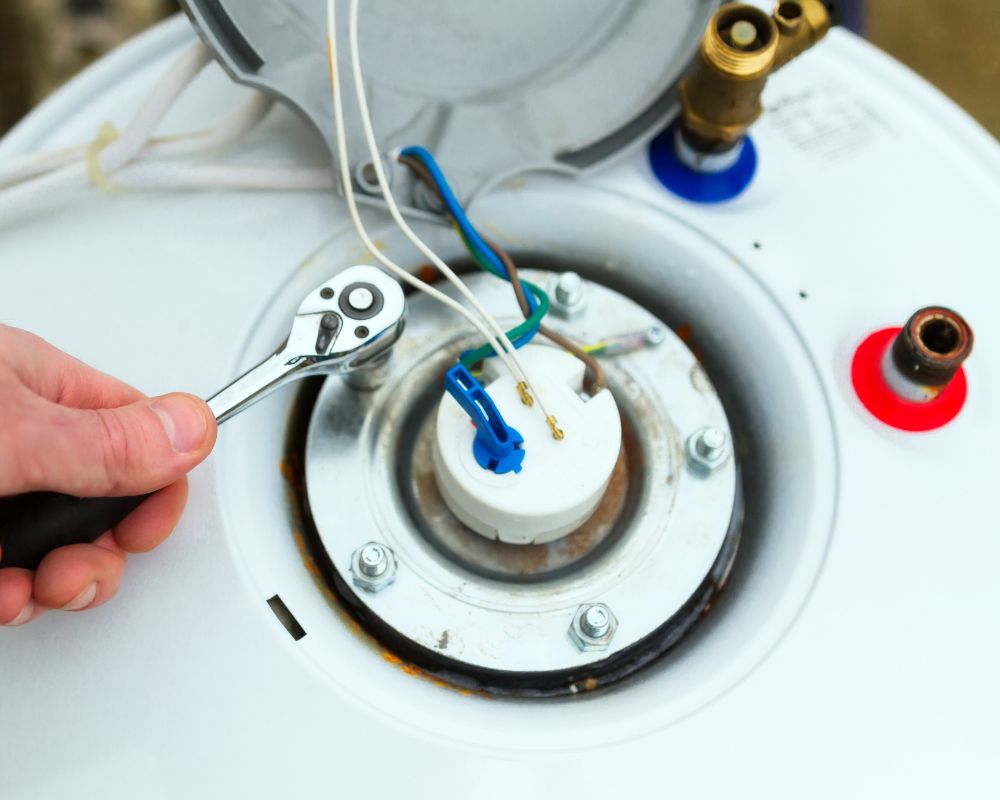

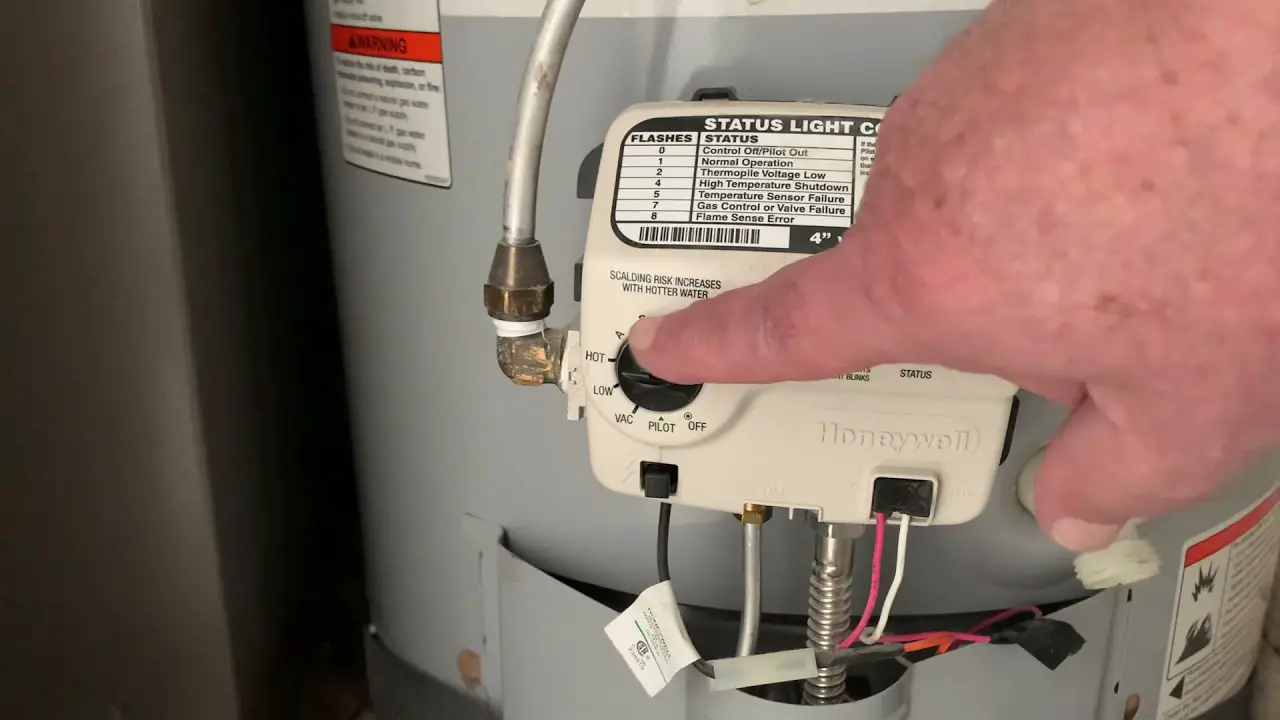



![High Temperature Shutdown On Gas Water Heater Water Heater High Temperature Shutdown [Causes & Solutions]](https://lildutchuncle.com/wp-content/uploads/2022/07/Richmond-Water-Heater-Gas-Valve-Problems-768x384.webp)

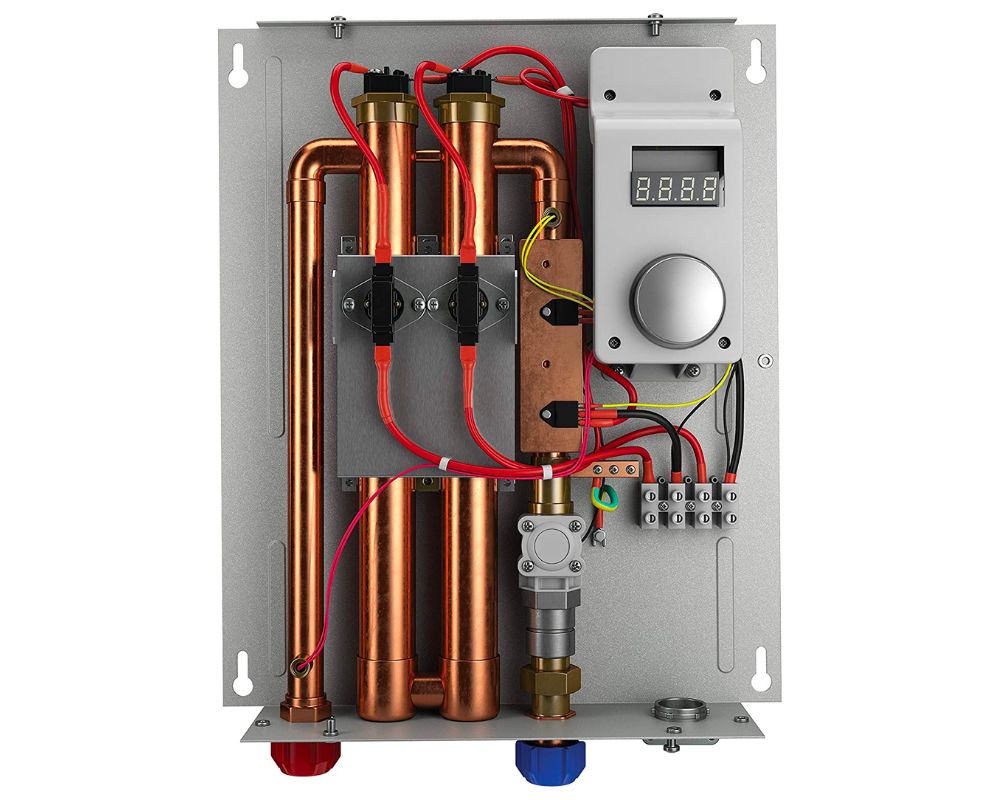
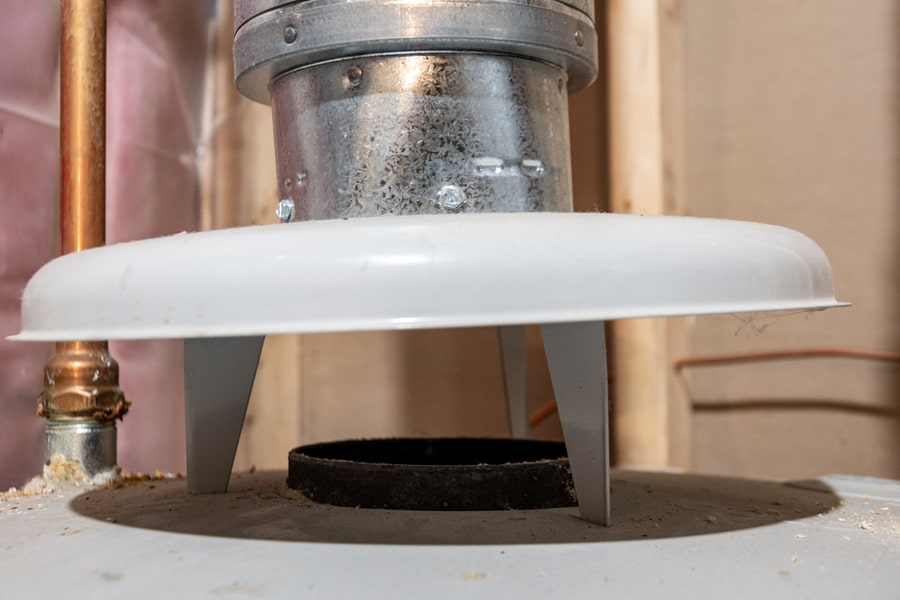
![High Temperature Shutdown On Gas Water Heater Water Heater High Temperature Shutdown [Causes & Solutions]](https://lildutchuncle.com/wp-content/uploads/2024/02/How-to-reset-gas-control-valve-on-a-gas-water-heater-min-768x215.jpg)
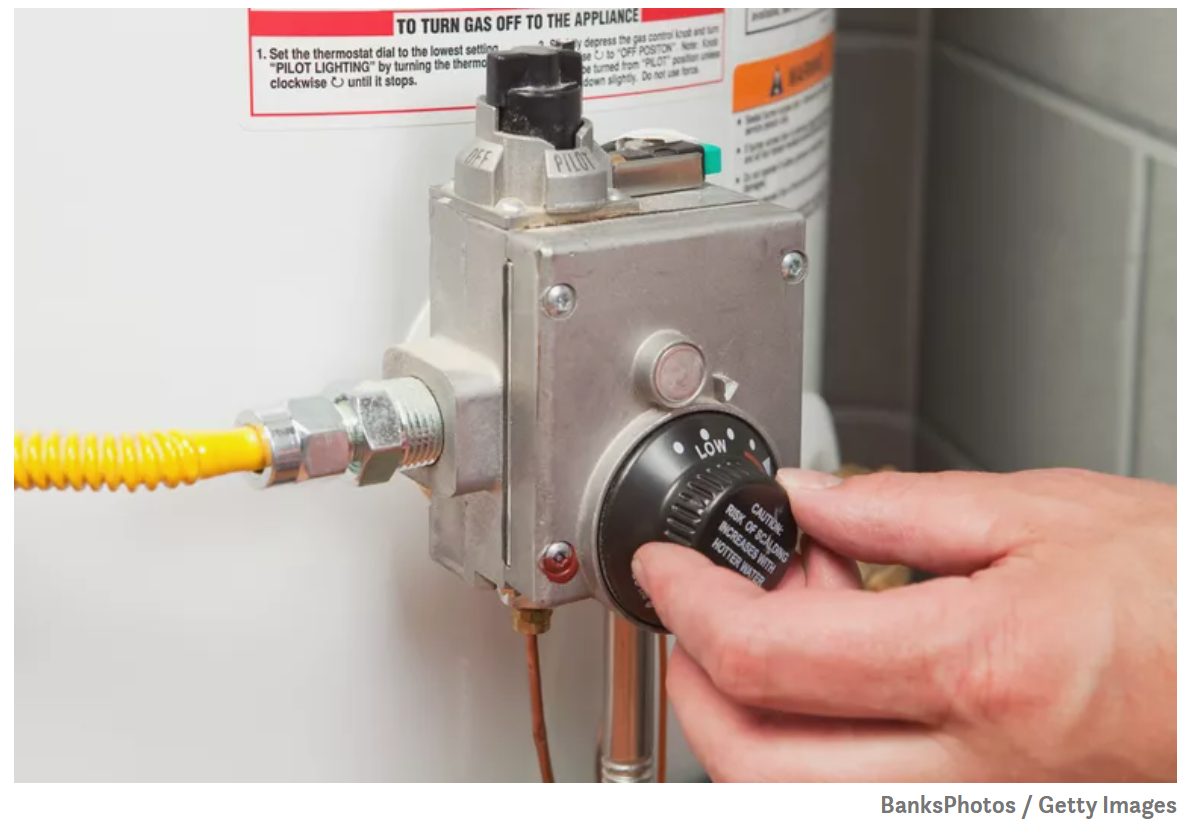
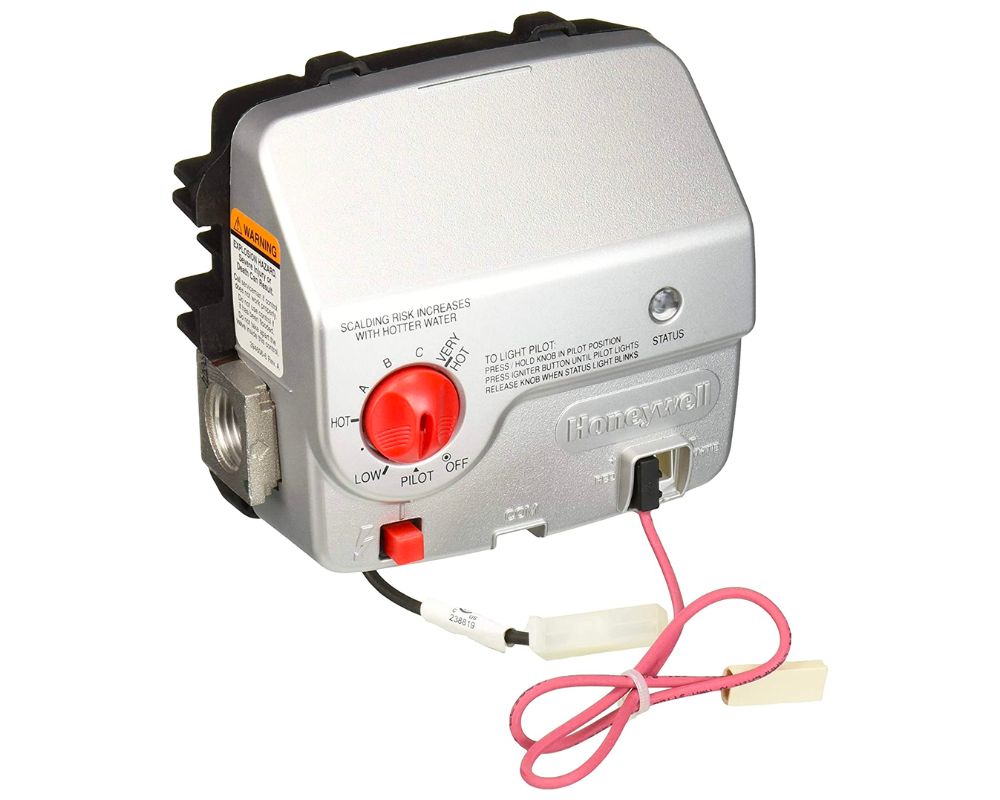
![High Temperature Shutdown On Gas Water Heater Honeywell Water Heater High Temperature Shutdown [Solved]](https://lildutchuncle.com/wp-content/uploads/2022/10/Honeywell-Water-Heater-High-Temperature-Shutdown.webp)


